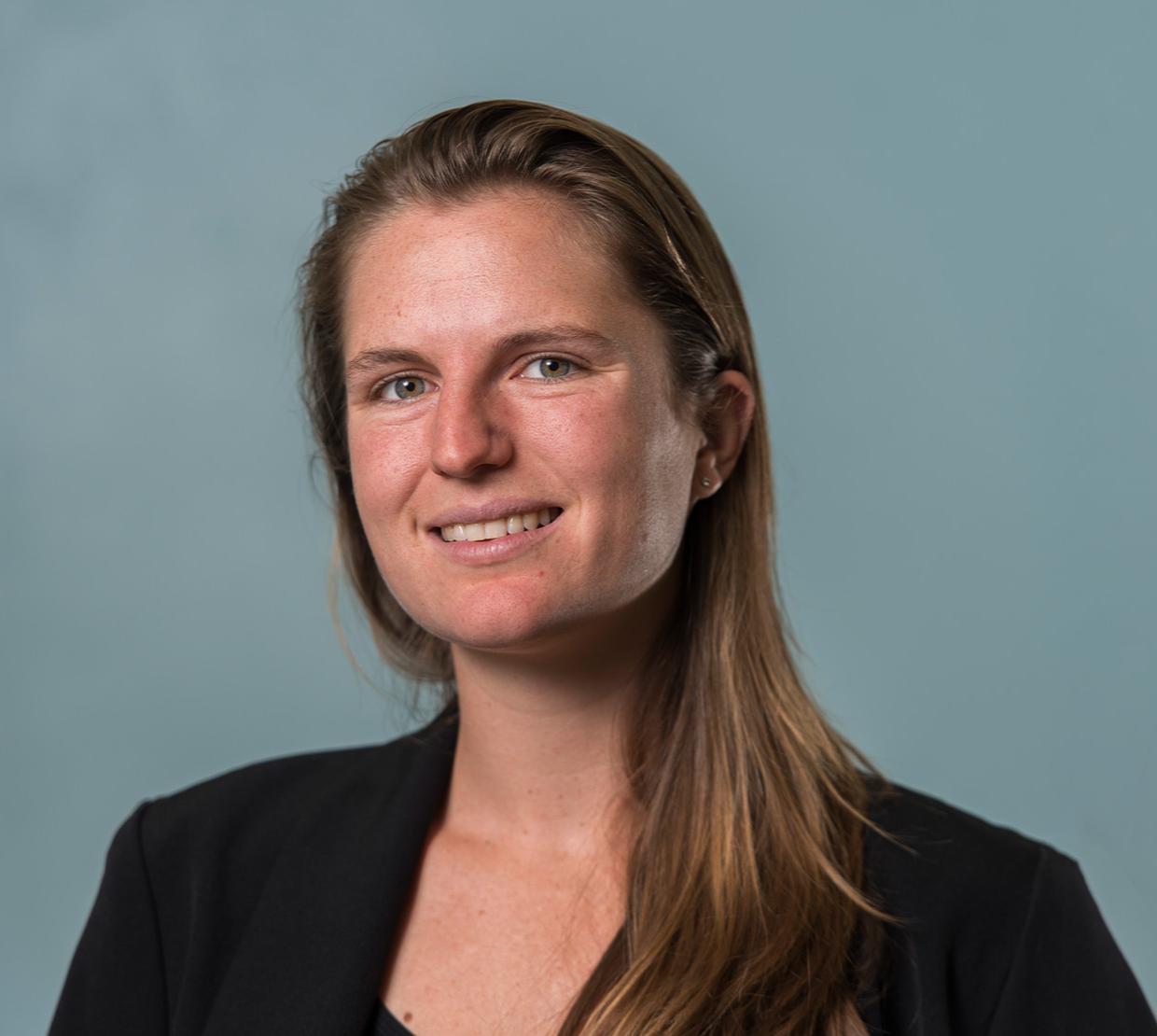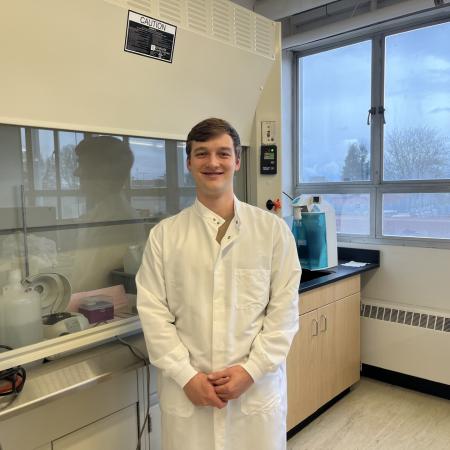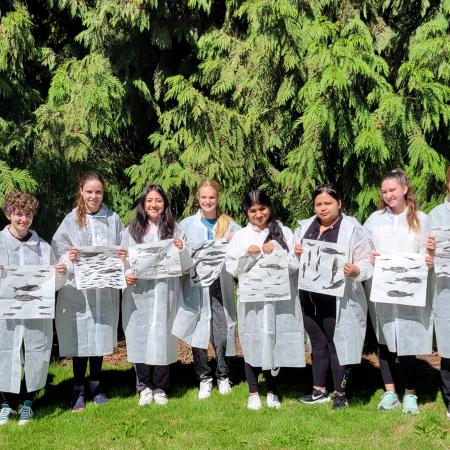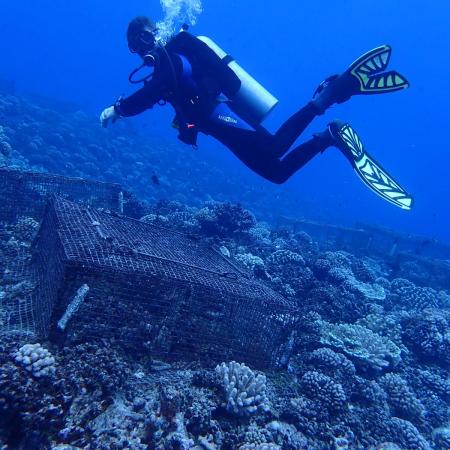For the science layperson, Tataru breaks down her work this way: imagine you want to figure out the difference between fantasy novels and non-fiction. You could search for specific words that appear more frequently in one genre; fantasy may mention “wizards” or “dragons” more often. But the presence of these words doesn’t tell us the fundamental difference between fiction and non-fiction: that one is real, and one is not, regardless of what words are used.
Much bioinformatic analysis looks at what microbial taxa are present in the gut, but Tataru says that’s just one piece of the puzzle. Just because certain bugs are there, doesn’t mean the gut is healthy. Tataru’s research aims to get a more complete picture: “We want to holistically define the microbiome, to get at the underlying processes defining which taxa are present.” It’s not just biodiversity of the microbes, but their interactions – their ecology – which affect nutrient availability and overall gut health.
That’s where the natural language algorithms come in. These are the same powerful tools that make auto-translation, topic modeling, and sentence completion possible: they’re really good at processing huge amounts of data and getting the gist of it. Gut microbiome colonies are vast and constantly mutating; within a single species, there are strains, sub strains, and even further delineations of genetic diversity. How do we define who’s who with all this variation? “We can ask the computation models to do the work of distinguishing meaningful differences in taxa,” says Tataru.
Eventually, the goal is that these models will read the microbes in our gut like a book, give us the gist of it, and then tell us how to finish our gut-sentences in healthier ways. To go from IBD to a healthy gut, what microbes do I need to add? And what microbes do I need to remove?
“We want to holistically define the microbiome, to get at the underlying processes defining which taxa are present.”
If all of that seems terribly complex, Tataru has one simple place to start: eat your vegetables. Samples from subjects who eat veggies immediately stand out from those who don’t, she reports. An avid gardener and advocate of local farming initiatives, Tataru says healthy eating is a collaboration between mind, body, and microbes. Cravings could be a message from gut bugs about what they want to eat, but sometimes the brain’s patterns override that, for better or for worse. We all kind of know what we should be eating, says Tataru. Establishing the right microbial colonies may take time, but trust the process: “if you eat it, they will come!” she laughs.
Tataru is looking forward to further developing as a science educator and getting back to projects that were halted by COVID-19. Last year, she participated in the Oregon Museum of Science and Industry’s (OMSI) Science Communication Fellowship and developed interactive demonstrations illustrating the concepts behind her modeling work at the museum. Unfortunately, the demo relied on museumgoers, and as soon as her team got ready to put it in practice, everything shut down. “I am planning on going back now that things are opening up again and seeing if I can get back in on the action,” she says.
While she finds the interpersonal aspects of science communication incredibly fulfilling, Tataru is also excited about getting to research full-time this year thanks to the Martin-O’Neill Fellowship. She says the award is a meaningful validation of her path: “I’m very passionate about this, but now obviously someone else agrees that this is worthy of being passionate about!”





